Some of the most interesting parts and the hidden places Brussels are often missed. Quiet neighbourhood parks, early 20th-century architecture, historic taverns, and overlooked churches reveal a side of the city that isn’t visible in travel brochures. Many of these places carry cultural or historical importance, connected to Belgian artists or preserved medieval structures. Others reflect the city’s creative side through street art, independent exhibitions, or long-standing craft traditions. Each location is tied to a specific time, story, or practice.
Top Hidden Places Brussels
There are several hidden places Brussels that remain overlooked despite their historical, architectural, or cultural importance. These hidden places continue to reflect the city’s past and are still part of local daily life.
1. Parc Duden
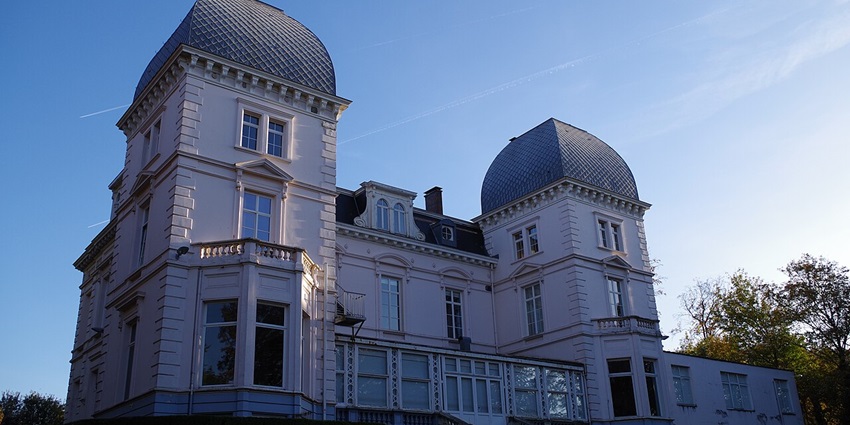
Photo: Cybermonde / Wikimedia Commons
Parc Duden offers a refreshing break from Brussels’ tourist-packed green spaces. Built across a 25-hectare hill in the Forest district, the park’s uneven terrain creates three distinct levels. At the top, you’ll find a lookout point that faces south of Brussels, a quiet local spot for watching the sky change colour during sunset. The middle sections are open and grassy, often scattered with university students lounging with food from nearby cafés. The lower trails wind between older stone steps, shaded paths, and benches tucked behind dense greenery.
Location: Avenue Gabriel Fauré, Forest, Brussels
Nearby Attractions: Forest Park and Wiels Contemporary Art Centre
2. La Fleur En Papier Doré
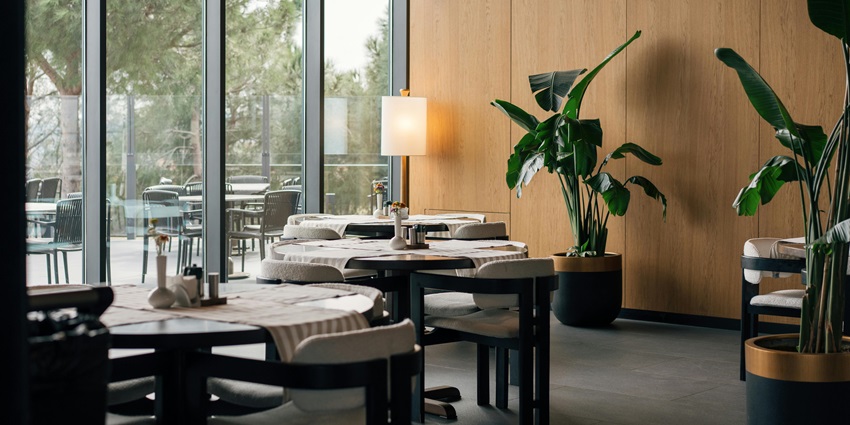
Photo: Gül Işık / Pexels / Image For Representation Only
La Fleur en Papier Doré, also known by its Dutch name, Het Goudblommeke in Papier, is one of the iconic hidden places in Brussels. Housed in a rare 17th-century building that survived the bombing of Brussels during World War II. It was turned into a café in the early 1900s and quickly became a meeting spot for members of the Belgian Surrealist movement. The walls are covered in vintage artwork, signed photographs, and notes from decades past, all part of what earned the building its status as a national monument.
Location: Rue des Alexiens 55, 1000 Brussels
Timings: 11 AM – 11 PM (closed on Sundays)
Nearby Attractions: Manneken Pis and Magritte Museum
3. Jardin Du Petit Sablon
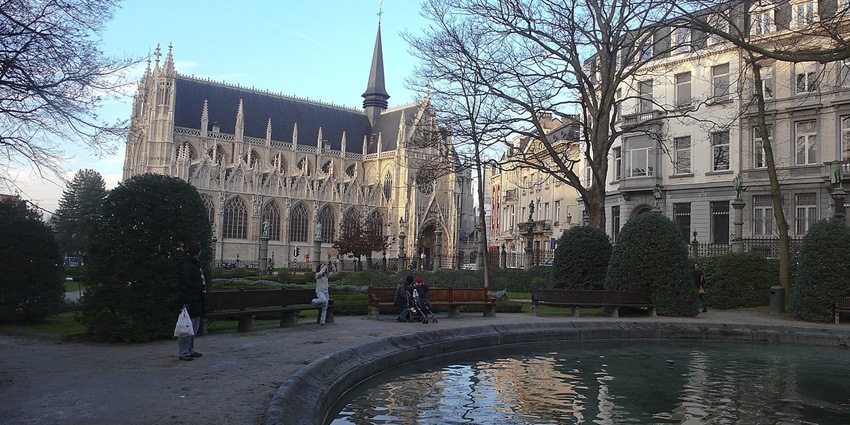
Photo: William Murphy / Wikimedia Commons
Jardin du Petit Sablon is a small enclosed garden tucked beside the Église Notre-Dame du Sablon, and though central, it’s often missed by hurried visitors. The garden is laid out in a classical style, framed by an ornate wrought-iron fence topped with 48 bronze statues. Each statue represents a historic guild of Brussels, from metalworkers to stonemasons, reflecting the city’s former trades and crafts. Inside, neatly clipped hedges and symmetrical flowerbeds surround a central fountain honouring. The benches here are popular with local historians or artists sketching the scene.
Location: Rue de la Régence, beside Notre-Dame du Sablon Church
Nearby Attractions: Royal Museums of Fine Arts
4. Maison Saint-Cyr
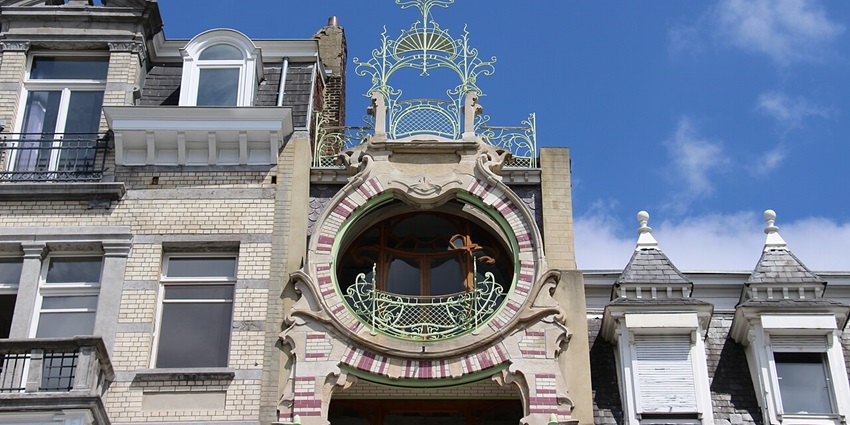
Photo: Fred Romero / Wikimedia Commons
Commissioned by painter Georges Saint-Cyr and built in 1903, this residence is the work of Gustave Strauven, a young architect deeply influenced by Victor Horta. Despite being only four metres wide, the building is packed with decorative elements that reflect the high point of Belgian Art Nouveau, making it one of the hidden places in Brussels. Gustave Strauven’s design uses metal as decoration and not just for support, shaping plant-like patterns across the exterior. Passers-by often stop to photograph its intricate façade and architecture.
Location: Square Ambiorix 11, Brussels
Nearby Attractions: Parc du Cinquantenaire and Art & History Museum
5. Beguinage Church And Place Du Béguinage
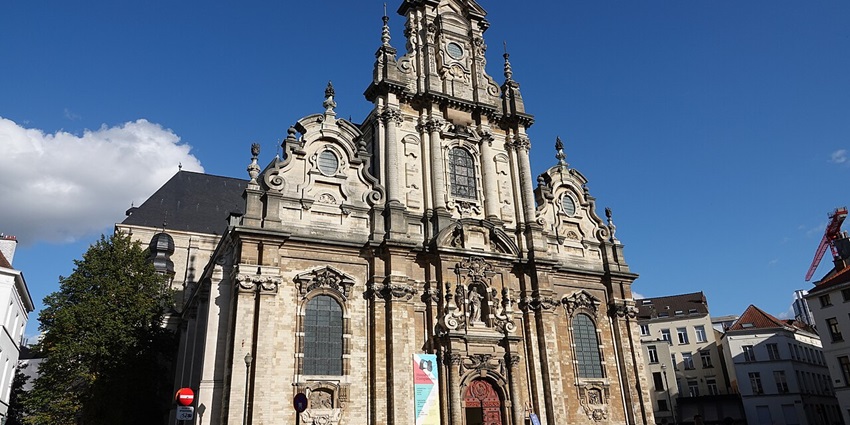
Photo: Nenea hartia / Wikimedia Commons
Tucked behind Brussels’ modern streets, Place du Béguinage remains one of the city’s most peaceful historic corners. At the centre stands the Church of Saint John the Baptist at the Béguinage, completed in 1676. The front of the church is marked by its curved gable, deep-set windows, and sculpted stonework typical of the late 17th century. Inside, the carved wooden pulpit and side altars have survived centuries of change. The square outside is lined with trees and low façades, and locals come here to read or step out from the noise just a few streets away.
Location: Place du Béguinage, 1000 Brussels
Nearby Attractions: Sainte-Catherine Square and Zinneke Pis
6. Musée Des Égouts (Sewer Museum)
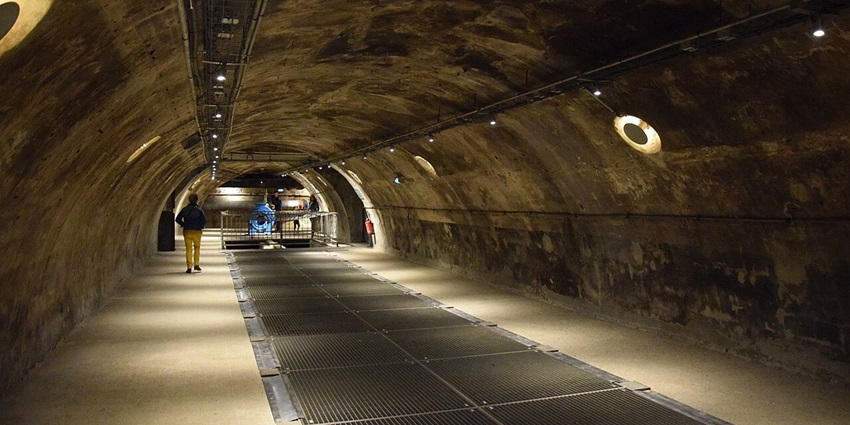
Photo: Chatsam / Wikimedia Commons
This museum offers a look beneath the streets of known and hidden places in Brussels. Inside the entry pavilion, you’ll find displays of historic engineering tools, sewer worker uniforms, and detailed plans dating back to the 1800s. The most striking experience comes when you step down into the tunnel itself. There, a walkway runs beside a flowing stream beneath heavy stone arches. Audio guides and multilingual panels help visitors understand the structure’s evolution and how it supports the city today. It’s incredibly rewarding for architectural lovers.
Location: Pavillon d’Octroi, Porte d’Anderlecht, Brussels
Cost: €8/ ₹720 for adults & €6 / ₹540 for students and seniors
Timings: 10 AM to 5 PM (closed on Sundays & Mondays)
Nearby Attractions: Cantillon Brewery and Brussels South Station
7. Brasserie Cantillon (Gueuze Museum)
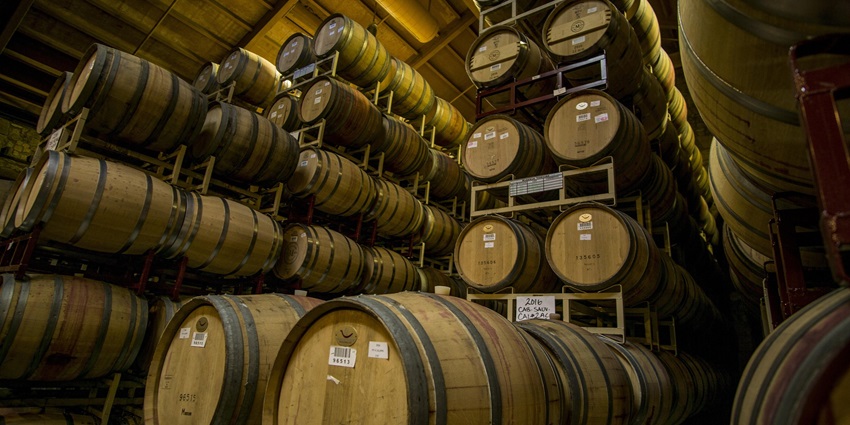
Photo: chris18769 / Pixabay / Image For Representation Only
Brasserie Cantillon is a working lambic brewery that doubles as a living museum of Brussels’ beer-making heritage. The interior remains almost unchanged since the early 20th century. Old copper brewing kettles, wooden barrels, and cobwebbed fermentation rooms form part of the everyday production. Visitors follow a self-guided route through the brewing process, walking past the grain mill, the coolship, and the oak casks where wild yeasts work their magic. It’s one of the few hidden places in Brussels where its brewing history can be tasted, smelled, and seen all at once.
Location: Rue Gheude 56, 1070 Anderlecht
Cost: €9 / ₹810
Timings: 10 AM – 5 PM (closed on Saturdays & Sundays)
Nearby Attractions: Musée des Égouts and Place Bara
8. Halle Gate (Porte De Hal)
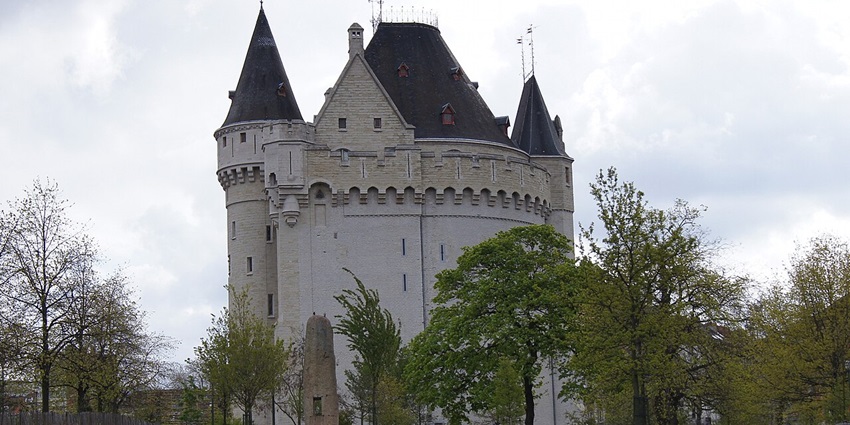
Photo: Alessia Tavcar / Wikimedia Commons
Halle Gate, built in 1381, is the only surviving part of Brussels’ second medieval wall. Once a fortified entrance, it escaped 19th-century demolition due to growing interest in neo-Gothic architecture. In the 1860s, architect Henri Beyaert restored it with romantic features like turrets and a steep roof. Today, it houses a museum showcasing Brussels’ medieval defences, trade routes, and daily life. Exhibits include armour, maps, and stained glass. A climb to the top offers stunning, crowd-free panoramic city views.
Location: Boulevard du Midi, 1000 Brussels
Cost: €7 / ₹630 for adults & €5 / ₹450 for children
Timings: 10 AM to 5 PM (closed on Mondays)
Nearby Attractions: Saint-Gilles Town Hall and Parc de Forest
9. Villa Empain
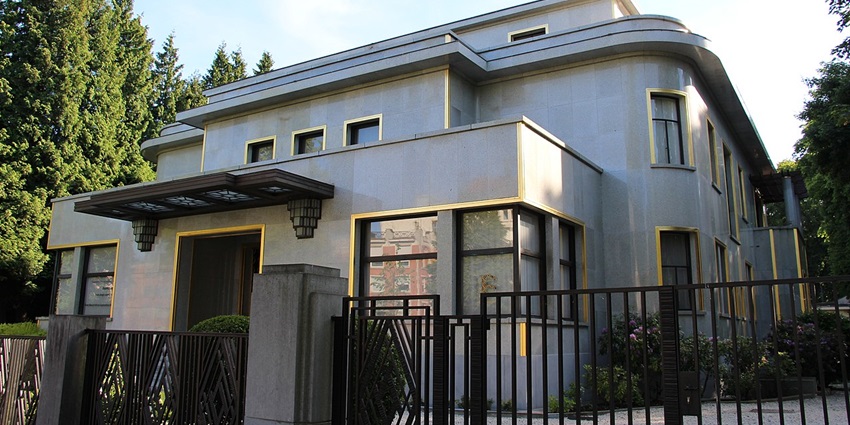
Photo: Fred Romero / Wikimedia Commons
Villa Empain is one of the finest examples of Art Deco architecture in Belgium, yet it remains among the hidden places in Brussels, even by locals. The building was designed by Swiss architect Michel Polak and presents a perfectly symmetrical façade clad in polished granite and bronze-framed windows. Originally built as a private residence, it remained empty for years before being repurposed and restored. Since 2010, it has functioned as a cultural centre managed by the Boghossian Foundation. Temporary exhibitions explore themes of East and West and often include contemporary installations, sculpture, and photography.
Location: Avenue Franklin Roosevelt 67, Brussels
Cost: €10 / ₹900 for adults & €8 / ₹720 for children
Timings: 11 AM – 6 PM (closed on Mondays)
Nearby Attractions: Bois de la Cambre and Université Libre de Bruxelles
10. Street Art In Marolles District

Photo: Dennis G. Jarvis / Wikimedia Commons
The Marolles district boasts one of Brussels’ most vibrant street art scenes. At its heart is the Bruegel Street Art Tour, featuring 12 murals by the collective FarmProd that blend Bruegel’s 16th-century imagery with modern urban life. The tour starts at Église Notre-Dame de la Chapelle and ends at Rue Haute 399. Marollescence, a newer trail of six glowing, reflective murals, adds to the allure. A standout piece by Jef Aérosol on Rue du Faucon honors the area’s creative legacy.
Location: Rue Haute and Rue Blaes, Marolles, Brussels
Nearby Attractions: Place du Jeu de Balle Flea Market and Bruegel Statue
Hidden places Brussels often carry more history than the main landmarks. Some were built centuries ago and still stand with their original features. Others have become gathering spaces, art walls, or preserved buildings with limited public attention. Each reflects a part of the city that has not been shaped for tourism. Plan your visit today with TripXL to explore these missing places of real value.
Cover Photo: HarryFabel / Pixabay / Image For Representation Only


 WhatsApp
WhatsApp
 Twitter
Twitter









